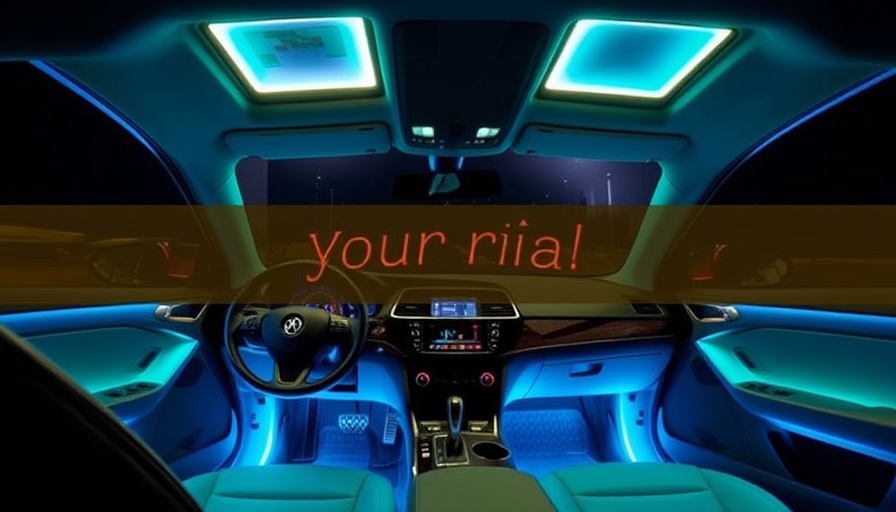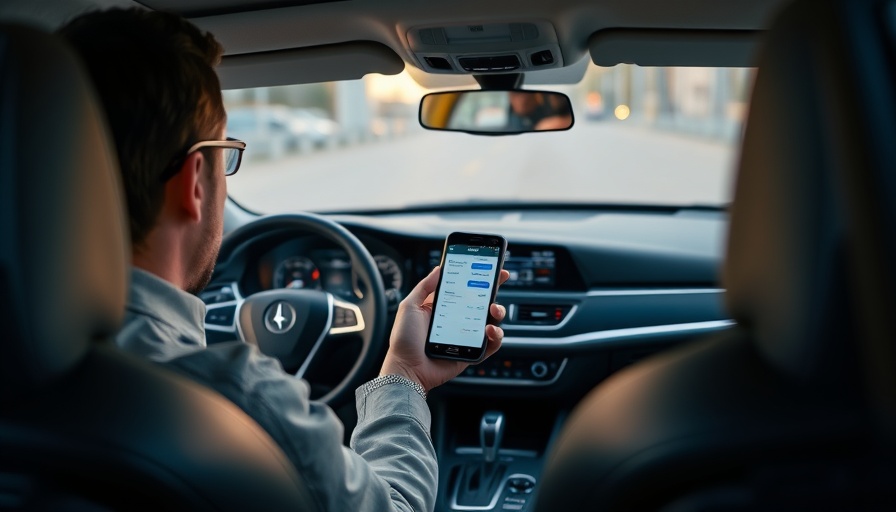
Brightening Up Your Drive: Why Custom Interior Lights Matter
Your vehicle isn’t just a mode of transportation; it’s an expression of your individual style. Custom interior lighting has become a favorite among car enthusiasts looking to elevate their driving experience. Whether you desire a sleek, modern look or prefer a soothing ambiance, the right lighting can truly transform your vehicle.
Choosing the Perfect Lighting for Your Needs
Why should you consider adding customizable lights? It’s not only about aesthetics. Proper lighting can enhance visibility, minimize eye strain during nighttime drives, and potentially increase the resale value of your vehicle. Think of custom lights as mood enhancers for your car’s interior, setting the perfect vibe for any journey.
Popular Customizable Interior Lighting Options Available
Here are some of the best options for auto enthusiasts looking to personalize their rides:
- LED Strips and Light Bars: Flexible and available in countless hues, LED strips can easily be installed under dash panels or around the center console, providing a stunning and adaptive light show. Just be wary of choosing budget options which might detract from the overall aesthetic.
- Footwell Lighting: Known for its subtle elegance, footwell lighting can provide a premium feel to your car’s interior, perfect for impressing your passengers.
- Dashboard and Gauge Lighting: By swapping factory dashboard lights for custom colors, you can create a dynamic look that transforms your gauge clusters.
- Ambient Door Panel Lighting: Adding light strips along your door panels offers a wraparound effect that enhances the feeling of luxury within your car.
Installation Made Easy
When it comes to installation, proper planning is key. Here are a few tips to ensure a smooth setup:
- Lay out your lighting plan beforehand with tape to visualize placement before you stick things down.
- Consider using a fuse tap for powering your lights. This method avoids direct splicing into factory wiring, simplifying the process.
- Keep your wires neat by hiding them under trim panels for a clean finish.
Customizable interior lighting not only enhances the appearance of your vehicle but can also serve practical purposes, making it a worthwhile investment for any car enthusiast.
 Add Row
Add Row  Add
Add 




Write A Comment